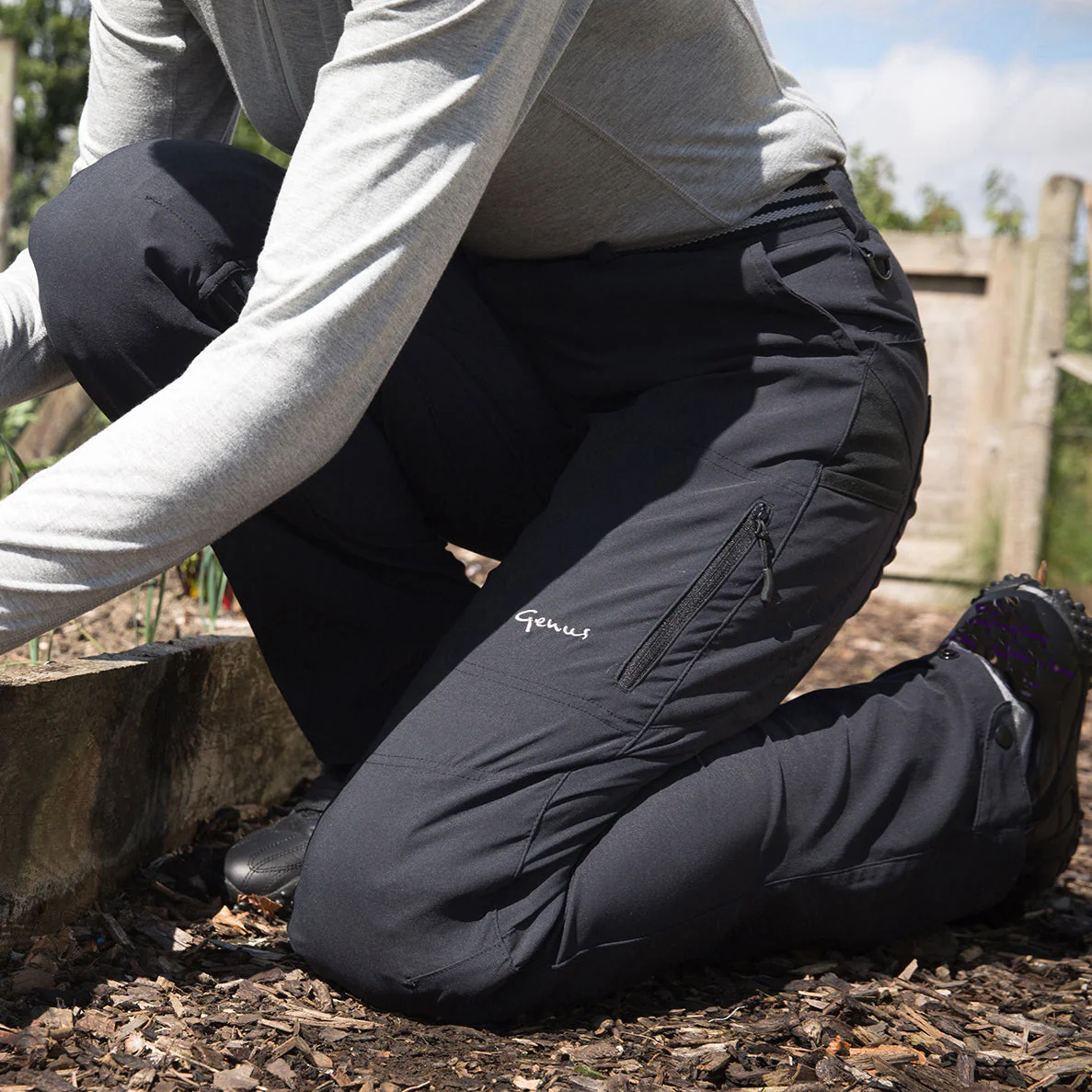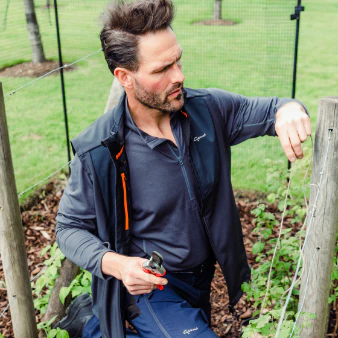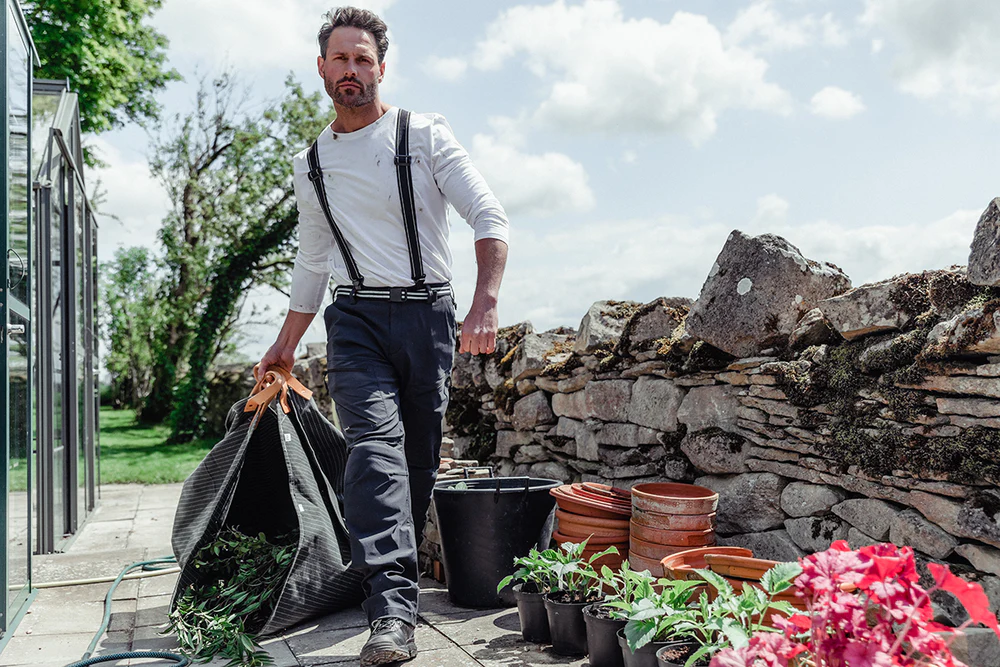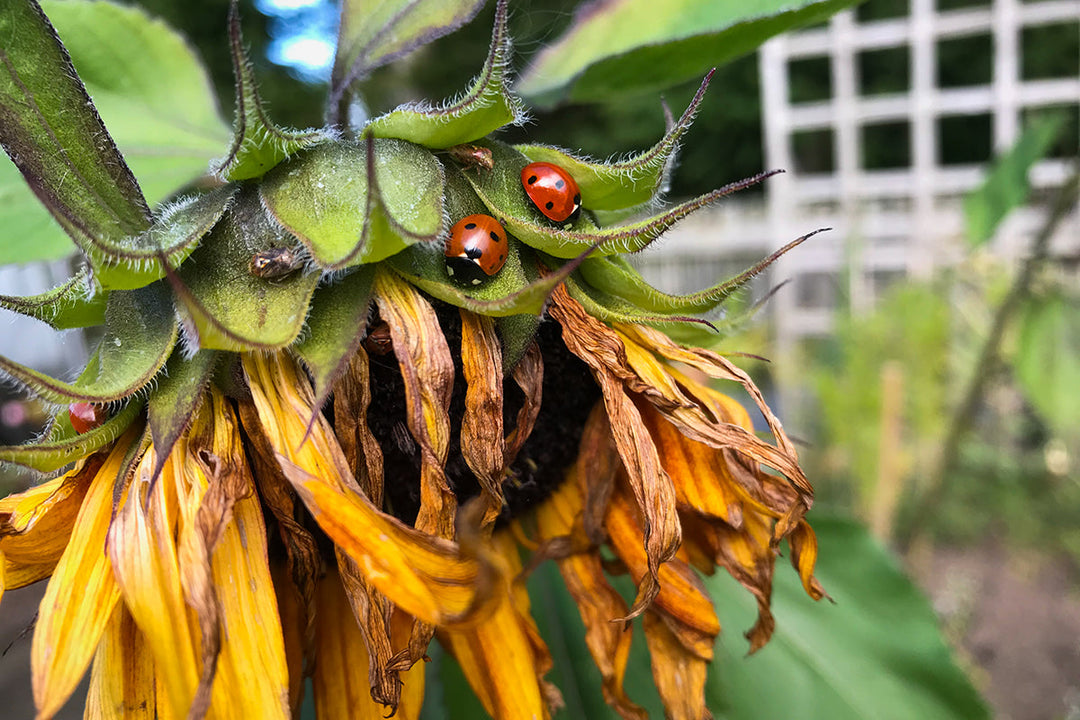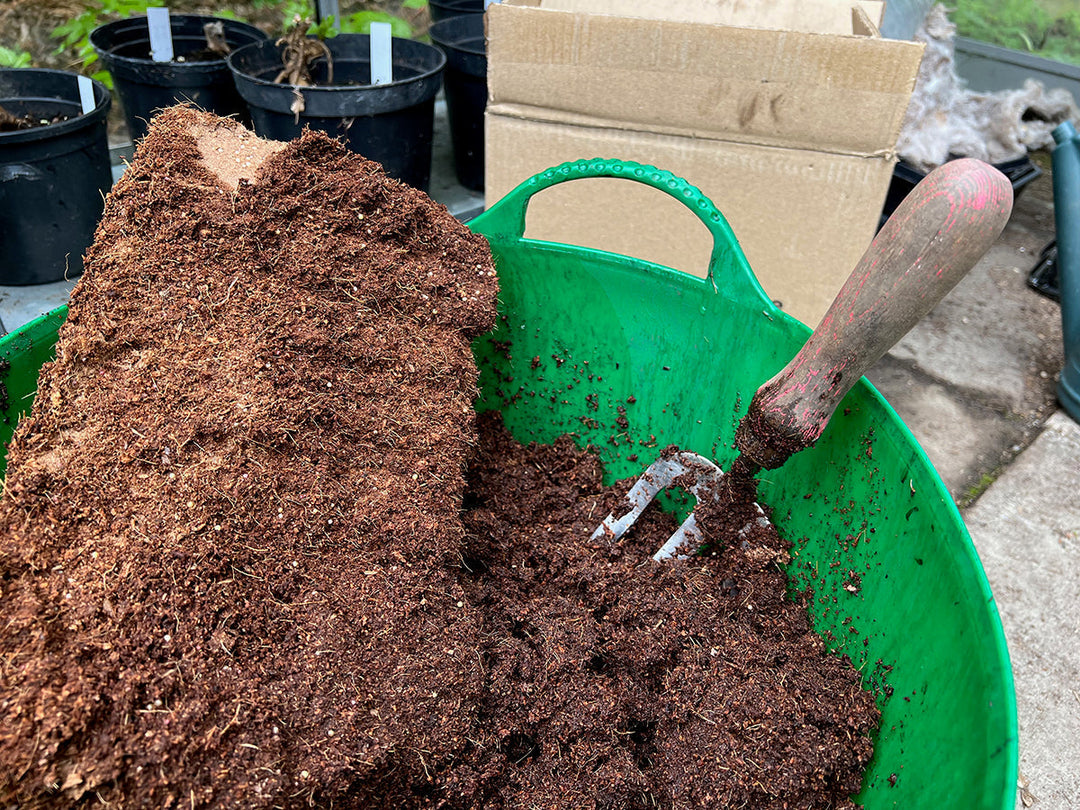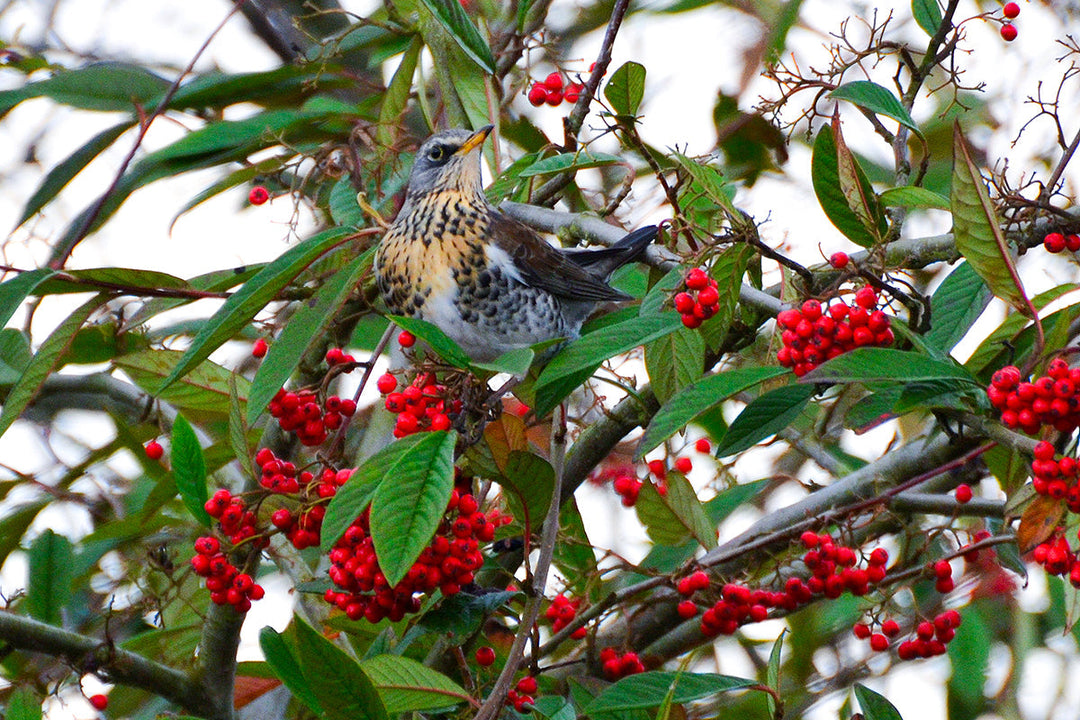Wildlife in the garden - hedgehogs
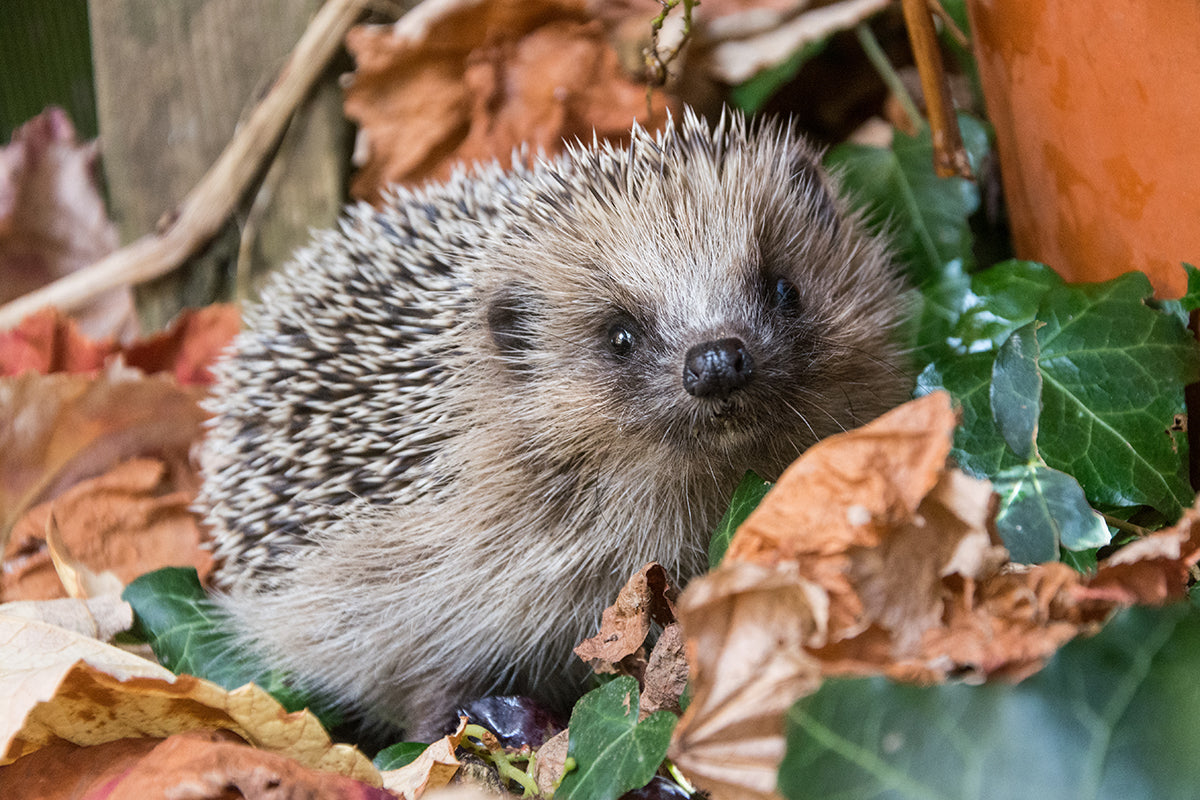
The Irish word for hedgehog is ‘gainneog’, which means ‘ugly little thing’. Surprising, as these little spiky mammals are usually considered a very cute garden visitor!
Hedgehogs are a gardener’s friend - as well as entertaining us with their waddling gait and snuffly noses, they’re a really helpful part of a garden’s ecosystem, thanks to their insect-based diet. They’ll happily hoover up slugs and snails, as well as aphids, larvae and other pests which can damage plants.
Hedgehogs are nocturnal, venturing out of hedgerows and woodland edges into residential areas under cover of darkness. They may be small but they can travel around two kilometres every night in search of food, a mate and a safe place to shelter.
To encourage them into your garden, offer access, shelter and sources of food. Hedgehogs eat a variety of insects, worms and slugs, berries and other fruit, however they will also be quite happy to eat meat-based dog or cat food or kitten biscuits - or it’s possible to get specialist hedgehog kibble. Whatever you offer, it should be provided in a safe spot away from any potential predators, and in a shallow bowl with drainage holes so that any rain doesn’t make the food soggy.
Another way to give hedgehogs a helping hand is to provide more hedges and shrubs in the garden, where they can nest, hibernate or forage for their own food. If you have a wooden boundary fence which is simple to adapt, you could cut a 13cm x 13cm hole at the bottom and sand down the edges, to make it much easier for them to move between gardens.
Sadly, hedgehog numbers are in steep decline, due to loss of habitat, use of pesticides, and large numbers are killed by cars every year. Keeping them away from busy roads, avoiding chemicals in the garden and providing shelter and a hedgehog highway can really help them on their travels around your neighbourhood.


